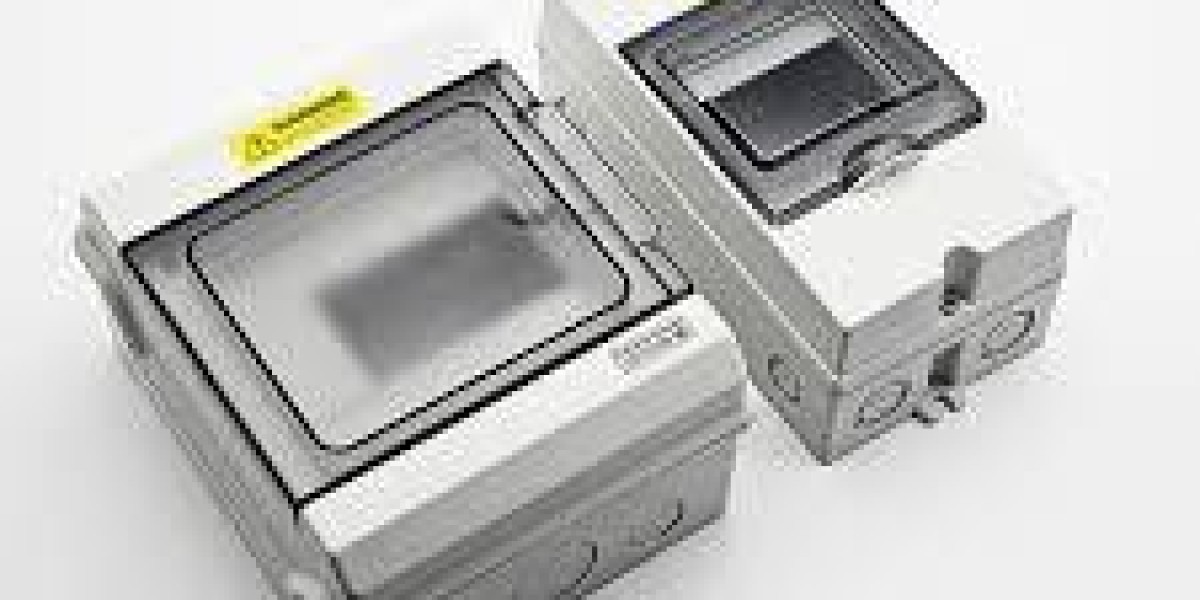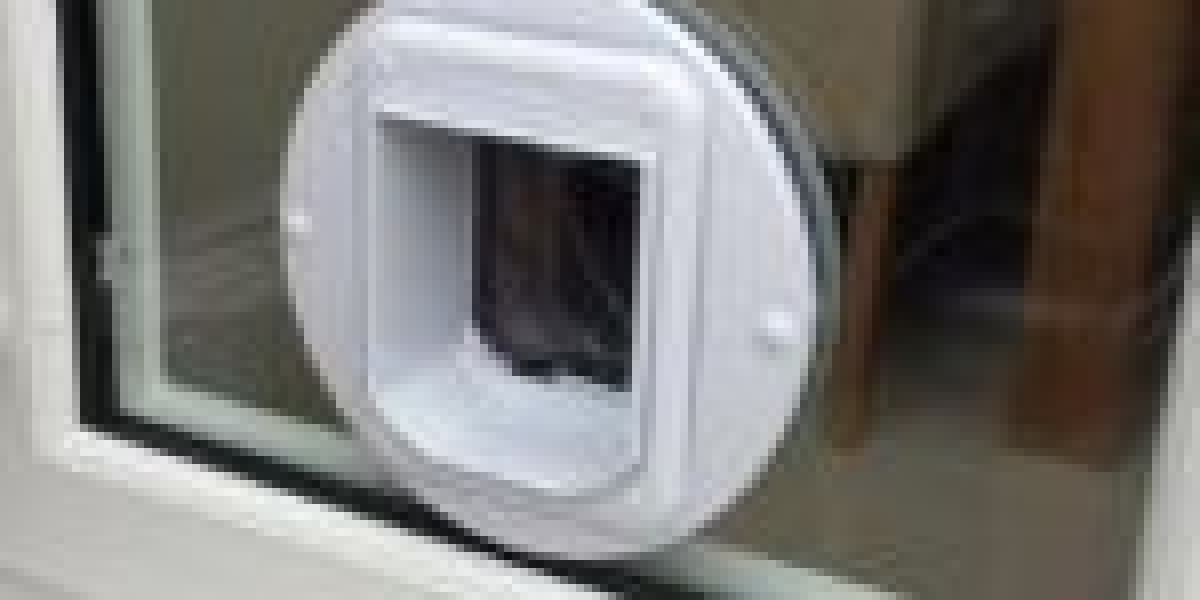Selecting the right enclosure early in a project can make a decisive difference, because a properly specified Weatherproof db box delivers dependable protection for vulnerable circuits, and integrating a robust Weatherproof db box into site design reduces downtime and maintenance headaches. This article explores practical considerations for specifying, installing, and maintaining outdoor distribution enclosures so they perform reliably across seasons and uses.
Understanding the site environment
Outdoor installations face a diverse set of risks: driving rain, dust ingress, UV exposure, chemical spray, and temperature swings that move materials and stress seals. Assessing these factors before choosing an enclosure helps match the product rating to real-world exposure rather than to an optimistic assumption. Consider microclimates on site, such as areas sheltered under canopies versus fully exposed posts, since these differences influence required protection levels and mounting decisions.
Construction and materials that endure
Material selection drives long-term performance. UV-stabilized engineering plastics resist embrittlement and color change in sun-exposed applications, while corrosion-resistant metal options suit coastal or industrial atmospheres. Reinforced housing ribs and robust lid designs protect against impacts, and internal steel plates provide a secure mounting surface for heavy components. Pay attention to hinge and fastener quality; captive fasteners and reinforced hinge mounts reduce the risk of lost parts and preserve lid compression over many service cycles.
Sealing systems and ingress protection
True weather resistance is achieved through a combination of gasket design, lid compression, and properly routed cable entries. Elastomer seals that resist compression set maintain contact over repeated openings, while consistent torque on fastening points ensures uniform pressure. Choose appropriately rated cable glands and group entries by function to simplify servicing. If washdown or jet-spray is expected, select enclosures with higher ingress protection ratings and ensure all glands and conduit interfaces meet the same standard.
Thermal management and internal layout
Heat is an often-overlooked threat. Internal layout should separate heat-generating devices from sensitive control electronics, and allow natural convection paths where possible. For high-load applications, designers should consider insulated compartments, thermal barriers, or low-profile vents with insect screens that preserve ingress protection while allowing heat escape. Validate thermal performance under representative loads during commissioning to catch hotspots early.
Installation practices that preserve performance
Even the best enclosure fails if mounted poorly. Mount on a flat, rigid surface to avoid body distortion that can break gasket contact. Follow manufacturer torque specifications for glands and terminal screws to prevent leaks and loose connections. Maintain conductor bending radii and protect edges where cables pass through cutouts. Document as-built layouts, torque values, and cable IDs at handover to simplify future maintenance and reduce the chance of incorrect interventions.
Serviceability and spare-part planning
Design for fast, safe servicing. Removable mounting plates, standardized gasket profiles, and accessible internal wiring make field repairs quicker and less error-prone. Keep a compact site spare kit—common gland sizes, replacement gaskets, and captive fasteners—and standardize enclosure families across a site to minimize spare-part complexity. Training technicians on basic seal replacement and torque verification reduces unnecessary downtime and extends the useful life of installations.
Compliance, labeling, and operator safety
Clearly label isolation points, circuit functions, and protective device ratings to support safe intervention. Where enclosures are in public areas, consider lockable covers or tamper-resistant options. Use insulated terminal blocks and adhere to specified torque values to minimize the risk of loose connections that can overheat. Including an illustrated commissioning checklist inside handover documentation helps non-specialist operators follow safe procedures.
Lifecycle thinking and sustainability
Choosing enclosures that are easy to service and that accept replaceable parts reduces whole-life costs and environmental impact. Durable materials with proven UV and chemical resistance avoid frequent replacements, and design for disassembly supports recycling at end-of-life. Factoring in spare-part availability and accessory support when specifying reduces total cost of ownership.
Conclusion and where to find models and accessories
A reliable outdoor distribution solution combines the right materials, proven sealing systems, disciplined installation, and a service-ready spare strategy. When these elements are considered together, installations deliver safe and continuous service with predictable maintenance needs. For detailed specifications, model options, and accessory kits, visit www.nante.com/product/






